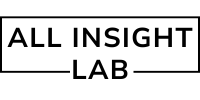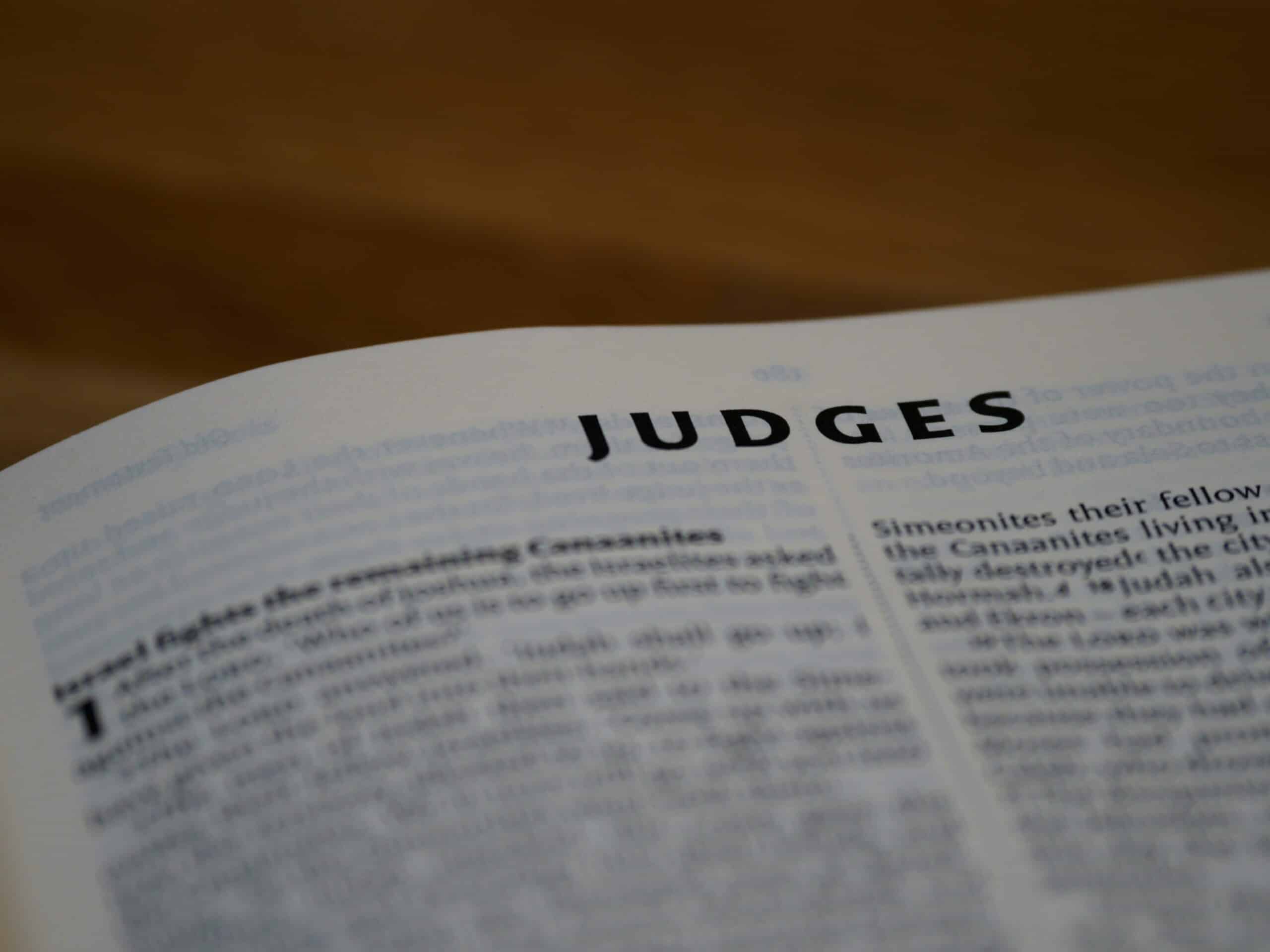Introduction
Python for AI Judges: Can Code Deliver Fair Verdicts? In a world where artificial intelligence is transforming every industry, the idea of AI replacing human judges is both fascinating and controversial. As courts struggle with case backlogs, bias, and access to justice, the legal sector is exploring AI-powered judicial systems. At the heart of this revolution is Python—a language known for its simplicity, transparency, and powerful AI capabilities.
But can Python-driven AI really deliver fair verdicts? Can code interpret the law with empathy, context, and nuance? In this blog, we’ll explore how Python is being used in legal AI applications, the ethical implications, and whether the future courtroom might be partially run by algorithms.
Table of Contents
Why Python for Legal AI?
Python’s dominance in AI and machine learning makes it an ideal choice for developing legal tech applications. Here’s why:
- Rich Libraries: Tools like Scikit-learn, TensorFlow, and PyTorch are perfect for building and training legal decision-making models.
- Natural Language Processing (NLP): Libraries like spaCy and NLTK help parse legal documents, contracts, and case files.
- Explainable AI (XAI): Python frameworks like SHAP and LIME ensure that decisions made by models can be understood and audited.
- Open Source Ecosystem: Python’s community promotes transparency and accountability, essential for any justice-related system.
Real-World Use Cases of AI in Law
1. Predictive Justice Systems
Some legal systems already use AI to predict outcomes of court cases based on historical data. For example, AI can analyze thousands of past rulings to determine the likelihood of winning a case.
Example: Tools like Lex Machina use Python to mine legal data and provide insights into judges’ decisions and litigation strategies.
2. Sentencing Recommendation Engines
AI systems are being developed to recommend sentences by analyzing legal precedent, defendant history, and even social factors.
Controversy: Critics argue that such systems may inherit biases from historical data, potentially amplifying systemic inequalities.
3. Legal Chatbots and Virtual Legal Assistants
Using NLP, Python-powered bots can provide basic legal advice, explain laws, and help with document preparation.
Example: DoNotPay uses AI to help users contest parking tickets and manage small claims. Much of its backend relies on Python.
Key Technologies Behind AI Judges
a. Natural Language Understanding (NLU)
Legal documents are dense and complex. Python’s spaCy and Hugging Face transformers are essential for interpreting statutes and precedents.
b. Machine Learning & Deep Learning
Python’s ML libraries allow systems to recognize patterns, learn from rulings, and make predictions.
c. Ethical AI Models
Tools like IBM’s AI Fairness 360, available in Python, are being used to audit legal AI systems for fairness and accountability.
d. Logic Programming with Python
Libraries like PyDatalog allow embedding logical rules into Python code—useful for modeling legal logic and reasoning.
Can Code Be Truly Fair?
The central challenge for AI judges is fairness. Human judges are trained to apply legal reasoning, consider the context, and balance empathy with objectivity. Python models, however, learn from data that may include:
- Biased Rulings
- Uneven Representation
- Outdated Laws
This raises the question: Should we trust AI systems trained on flawed data to deliver justice?
To mitigate this, legal AI researchers are focusing on:
- Bias Detection Algorithms
- Transparent Decision Trees
- AI Ethics Committees
Python in Action: Sample Workflow
Here’s a simplified outline of how a Python-based AI judge system might work:
- Ingest Legal Documents
import spacy
nlp = spacy.load("en_core_web_sm")
doc = nlp("Defendant found guilty under Section 307 of IPC...")
- Extract Legal Entities and Sections
for ent in doc.ents:
print(ent.text, ent.label_)
- Analyze Precedents Using ML
from sklearn.ensemble import RandomForestClassifier
model = RandomForestClassifier()
model.fit(X_train, y_train)
prediction = model.predict(X_test)
- Explain the Prediction
import shap
explainer = shap.Explainer(model, X_train)
shap_values = explainer(X_test)
shap.plots.waterfall(shap_values[0])
Challenges and Limitations
1. Interpretability
Even with SHAP or LIME, AI decisions can be hard for non-technical stakeholders to grasp.
2. Ethical Dilemmas
Can AI understand justice the way a human does? Should machines make decisions that affect lives?
3. Legal Acceptance
Courts and legal systems worldwide vary significantly in terms of technology adoption. Implementing AI uniformly is a challenge.
4. Data Privacy
Legal data is sensitive. Ensuring confidentiality and compliance with laws like GDPR is critical.
The Future of Python-Powered Justice
- Hybrid Models: The most likely future scenario involves AI assisting human judges—suggesting precedents, spotting bias, and recommending sentences.
- Transparent Algorithms: Open-source Python tools will allow the public to scrutinize legal AI, increasing trust.
- Global Adoption: As digital transformation reaches courtrooms worldwide, Python’s accessibility will help standardize legal AI systems.
- Continuous Learning: With feedback from human judges, AI systems can evolve—just like law does.
Conclusion
Python is laying the foundation for a future where AI plays a critical role in the legal system. While we’re not ready for fully autonomous AI judges yet, Python-powered tools are already reshaping how justice is served—faster, more consistently, and potentially more fairly.
Still, the question remains: Should justice be coded? The answer might lie in a balanced approach—where AI and human wisdom come together to build a fairer legal system.
Further Reading:
Whether you’re a coder, a legal professional, or a tech enthusiast, this space is one to watch. Because the future judge might just be a few Python scripts away.
Find more Python content at: https://allinsightlab.com/category/software-development

